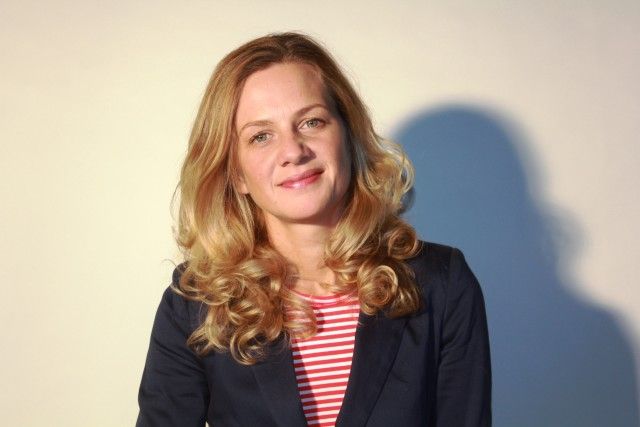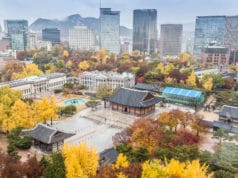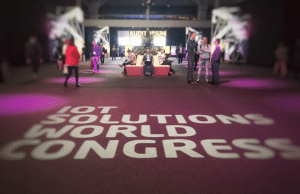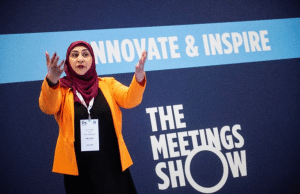Key elements of a good event: content, communication, organisation, performance and networking
The way we do business constantly changes, driven by current industry trends, business development and by changes in people’s perception and their engagement levels. Nowadays communication isn’t limited solely to the pre-event period – the communication momentum has to be maintained throughout the whole year to heighten a participant’s level of interest and transform this into his/her event attendance. Communication methods have changed as well: in the nineties we used to rely on billboards and paper ads. Today we rely on Facebook, Twitter, YouTube, LinkedIn, the internet. We live in the connected world. Event participants are now able to comment, like, share and question just about everything. If we have a well developed concept of an event and a ‘good story’, we turn this to our advantage. Today we use participant feeback to improve our approach, content and side activities of event. We can measure and track their interest and transform it into new, exciting activities and proposals. Quite simply, we live in a world of endless possibilities. It is our job to channel these into good business opportunities.
All of this sounds easy – you have a good idea, turn it into a good project, inform potential participants and… nothing happens, unless you’ve developed a fully integrated 360° approach. Today it’s not enough just to have ‘good’ content to make a ‘good’ conference or a congress that will bring together a certain industry community to create great networking opportunities. Ideas count, but only if they’re precisely shaped into a well balanced project. What does all of this mean? It means that event organisers have to develop a multi-platform strategy. The key elements of a good event today are content, communication, organisation, performance and networking.
Good content, well known expert speakers, a mix of interesting topics… Yes to all of those, but one of the key elements is to convince the community you’re targeting that you’re preparing a relevant event for the industry. Your topics have to be relevant to the moment and to the market you’re addressing, speakers have to be convincing and prominent, the time and place has to fit with the industry needs. Even if the content is great, the event can easily become a failure if you don’t address the people interested for the topics you’re engaging. Communication messages must be clear and straight to the point. Your language must show that you thoroughly understand the topic. You have to use proper channels of communication. We combine different channels depending on the event. We create an interactive communication environment that enables people to speak and comment freely, knowing that their ideas and suggestions count. In other words, we provide everything needed to enable people to communicate and network. Even still, that’s not enough unless we make that extra effort to design a friendly and open environment that will enable participants to connect with industry colleagues. There are several concepts for doing this –most conference organisers just leave it to chance by providing programme coffee breaks, but others go further in creating tailor-made concepts similar to speed dating (although, as far as I know, that doesn’t work in Croatia and the region – our people are not of that kind).
Our approach is different. We analyse our target and develop tailor-made concepts for different types of events. Some communities are so small and so connected that you just have to gather them in order for the networking to happen (think of the media and advertising people attending Weekend Media Festival – they seem to be ‘the natural born networkers’, certainly when you pass by the bars during the Festival!). Some communities have their own rules of engagement and it’s our job to figure it out and develop the best possible communication platform for them. Sometimes it’s more formal – like a communication channel for all conference participants via official web – while sometimes we just open up some mingling opportunities through parties, cocktails or gatherings. Of course, we use every social network available and appropriate for the event to make communication happen. We aso provide meeting corners to enable participants to develop new contacts during the conference. It’s important for us to maintain curiosity and to always investigate new ways of connecting people. Why? Because events are made for people and because of people. [pullquote]A good event doesn’t need a billboard, TVC or leaflets. It needs satisfied people who’ll reccomend it to others.[/pullquote] And they’ll certainly do it if they’ve learned something new, met some new contacts and opened up some new space for potential business.
Tea Krpan is the Head of Mozaik Grupa, a company that manages the Hypo Congress Centre in Zagreb. She has 10 years of experience in the management of large projects and organisation of business and entertaining events, such as the Microsoft WinDays conference, Hospital Days and Whisky Fair ZG015.














